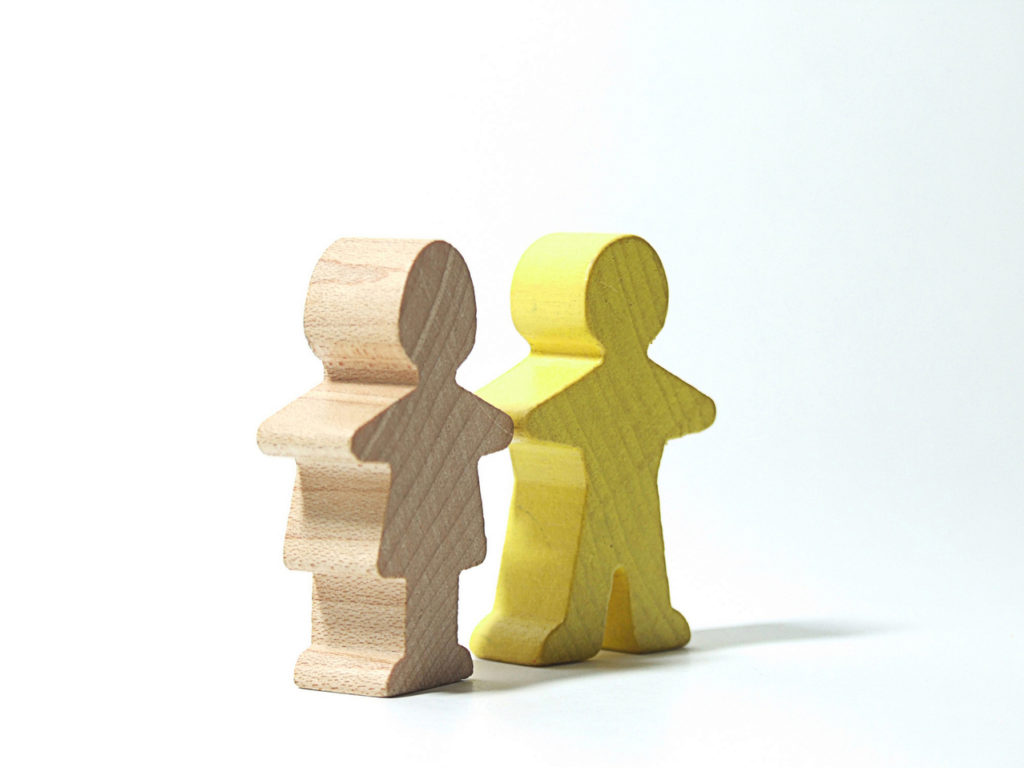
Bringing Compassion to Anger
It is a great pleasure to share this wonderful post from Russell Kolts on working with anger.
Anger can be a tricky emotion, both in how it plays out in us and in how it impacts our interactions with others. While many people will have sympathy for those who struggle with anxiety or depression – perhaps wanting to offer comfort or reassurance – the response to those who struggle with anger is often less than sympathetic.
That’s no one’s fault, actually. It’s a part of how anger evolved, with angry facial expressions and body language designed to signal dangerousness. Think about how you feel when you see someone wearing an angry expression on their face. Do you find yourself wanting to help them, or to get away?
And yet, people who struggle with anger are indeed struggling. In this blog post, we’ll explore how to bring compassion to the table in working with our own anger, and perhaps in how we relate to others who struggle with anger as well.
A Compassionate View of Anger
In de-shaming the experience of anger, it can be helpful to understand it in the context of Compassion-Focused Therapy’s (CFT) three-systems model of emotion, developed by Professor Paul Gilbert. This model considers anger through the lens of evolution, recognizing it as having evolved to help us recognize and respond to things that threaten us, alongside other threat emotions such as fear, anxiety, and disgust.
Considering this, we can see that anger isn’t something that’s wrong with us. In fact, it’s a sign that our threat systems are working to try and protect us. That’s nothing to be ashamed of. Anger isn’t our fault. We didn’t choose to have these emotions, and we didn’t design how they would work in us.
You may find yourself thinking, “Yes, but my anger has caused a lot of harm. I’ve hurt the feelings of people that I really cared about. I’ve acted out my anger in ways that have caused problems for me and others at home and at work.”
In making these observations, you’re noting one of the tricky parts of anger – it evolved to motivate us to fight when we are threatened, so unrestrained anger can often result in behaviors that are hurtful or which have lots of unwanted consequences. This can be particularly true for those of us who grew up in situations in which outbursts of anger were modeled by our caregivers, or which didn’t teach us how to handle things well when anger comes up.
So even though it isn’t our fault that anger comes up in us, it’s our job to take responsibility for working with it so that our behavior reflects the person we want to be. This involves being honest with ourselves about the fact that we struggle with anger, and taking a good look at our relationship to our anger.
Considering Our Relationship with Anger
Take a moment to consider what it’s like when you are angry and behaving angrily, and how it feels afterwards:
- How does it feel in your body?
- Do you enjoy or dislike feeling angry?
- Do you feel empowered by your anger or ashamed of it?
- What sorts of behaviors do you engage in when angry?
- How do you feel about those behaviors? How do you feel about yourself during and after doing them?
- How do you feel after the anger episode is over?
- What do you do then?
These questions are meant to give you a head start in unpacking your anger, so you can consider factors that shape how it plays out over time, and perhaps identify obstacles that may prevent you from taking responsibility and working with it in helpful ways. Take a moment to consider these questions, maybe even jotting some responses down on a piece of paper before continuing on.
The Problem of Avoidance
For many years, we’ve had lots of effective anger management techniques, which guide people to do things like identifying situations that their anger, come up with plans for how to work with anger the anger that comes up in response to these triggers, and teach practices for working with the body and mind to handle anger in helpful ways (for example, slowing down the breath, creating some distance between you and the object of your anger, and considering helpful ways of responding). For those who struggle with anger and are committed to working with it, a quick internet search provides lots of options in the form of books, websites, and other resources which describe many helpful practices for managing it.
The problem is that many people who struggle with anger often don’t use those resources, and may even resist acknowledging that they struggle with anger to begin with. One of the biggest obstacles that keeps people from working with their anger is avoidance. Avoidance can take lots of forms: blaming others for “making me angry,” rationalizing or explaining away our anger-driven behavior, or shifting our attention to something else and pretending that nothing happened. The problem is that all of these strategies get in the way of us acknowledging that our anger-driven behavior is causing us problems, taking responsibility for this behavior, and working to do better in the future.
Why do we avoid? Obstacles to Taking Responsibility for Our Anger
In my experience, there are at least two common factors that can get in the way of people working with their anger:
- We may enjoy feeling powerful. Anger evolved to get us moving in a way that can feel very energizing and powerful in the body, with a corresponding feeling of urgency in the mind. In this way, anger can feel very powerful. Especially if we don’t often feel powerful in other areas of our life – for example, at work or in our familial relationships – these powerful feelings can be seductive. If we feel disrespected, it can feel powerful to put them in their place or to finally get our way, can’t it? Anger can also function as a secondary emotion, helping us avoid experiencing emotions that feel more vulnerable (and less powerful) like fear, sadness, or anxiety. This is tricky stuff! Think about it – would you want to give up the only way you had to feel powerful in your life, even if it came with negative consequences? It makes sense that it would be hard to give up, doesn’t it?
- We’re ashamed of our anger and its consequences. Often, admitting we struggle with anger – the first step toward taking responsibility for working with it – means admitting we behave in ways that cause terrible pain in others, and often in the people we love the most. This reality, that I am hurting the people I love or I am behaving in ways that are the opposite of the person I want to be, can be deeply painful. It can be much easier to ignore our angry behavior, blame it on others, or explain it away rather than to face this uncomfortable truth.
People can experience one or both of these obstacles in tandem. Tricky though they are, if we look at these obstacles, they can help us understand how to do a better job of working with our anger. If we’re going to work productively with our anger, we need to find other ways to feel powerful, and we need to stop attacking and shaming ourselves for having it.
Compassion as True Strength which Helps Us Work with Shame

When doing group therapy with people who struggle with anger, I sometimes ask questions like, “What is more powerful, the anger you use to avoid vulnerable-feeling emotions like sadness or fear, or compassion, which will help you face and work with all of the experiences that come up in your life?”
Compassion, defined as having the willingness to notice and be moved by suffering and the motivation to help alleviate and prevent it, gives us a way to turn toward pain, suffering, and struggle – not with judgment or condemnation, but with the recognition that “This is hard, and I want to do something that might help.” Anger lashes out, but compassion stays with the suffering, looking deeply into it, so that we can begin to understand the causes and conditions that produce and maintain it (as we’ve done a bit here with anger), so that we can do something helpful.
In considering this, our groups came to the conclusion that while anger may feel powerful, true strength lies with compassion – which empowers us to be honest with ourselves, to acknowledge that although it isn’t our fault that we experience anger and that we didn’t choose to struggle with it, that if we want to have happy lives and good relationships, we need to take responsibility for working with it productively.
Compassion can help us do this. Instead of seeing the angry version of yourself (or others) as a jerk who creates all sorts of problems, what if we see them as someone we dearly care about who is struggling with emotions that they haven’t learned to control?
What if – recognizing that anger is a threat response – we consider what that angry version of the self (or that angry person) would need to feel safe and accepted?
What would they need to be at their best, even in this difficult situation?
We could even imagine ourselves – this compassionate version of ourselves that we’re operating out of now – in their place, considering what might be helpful in handling this tricky situation that triggered the anger, in a way that would be about working with things in a way that minimizes harm for everyone. If we were at our kindest, wisest, and most courageous, how might we handle this situation in a way that would be helpful?
That’s true strength.
That’s compassion.

Russell Kolts is a Professor of Psychology at Eastern Washington University and Director of the Inland Northwest Compassionate Mind Center in Spokane, Washington, USA. He has published numerous articles and written several books about CFT and compassion, including The Compassionate Mind Guide to Managing Your Anger, An Open-Hearted Life: Transformative Lessons on Compassionate Living from a Clinical Psychologist and a Buddhist Nun (with Thubten Chodron), CFT Made Simple, and Experiencing Compassion Focused Therapy from the Inside Out.
